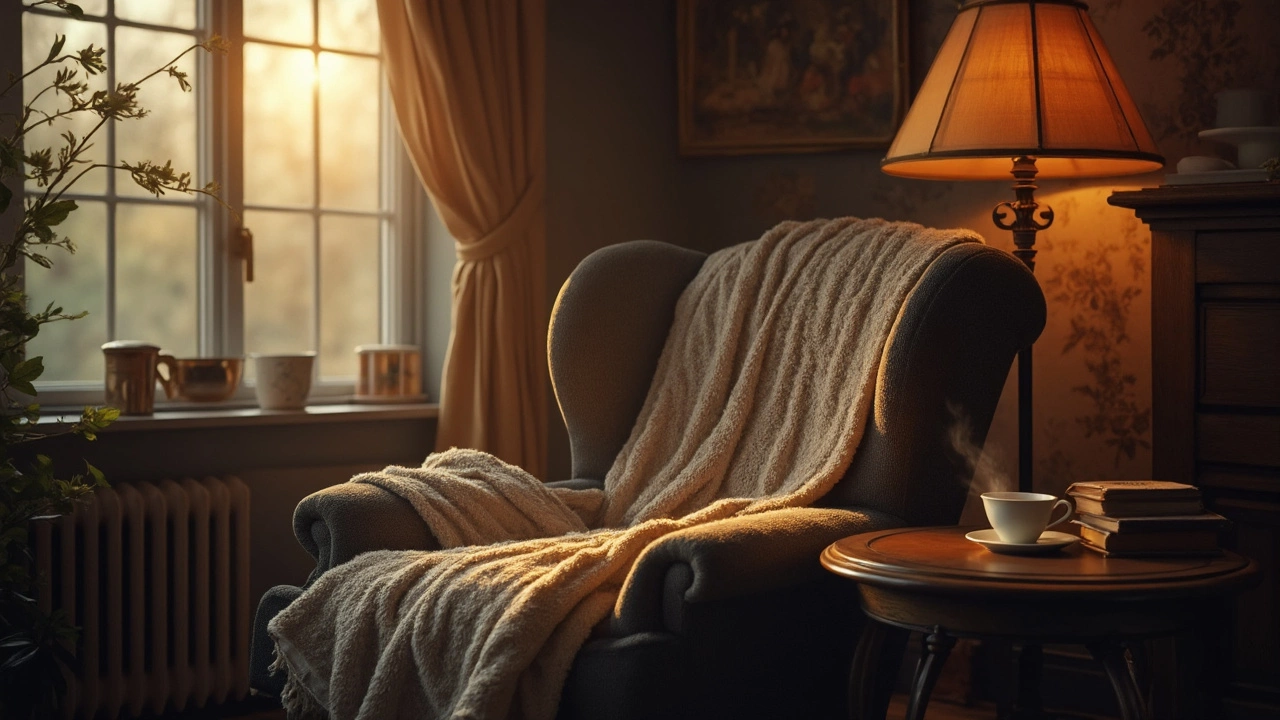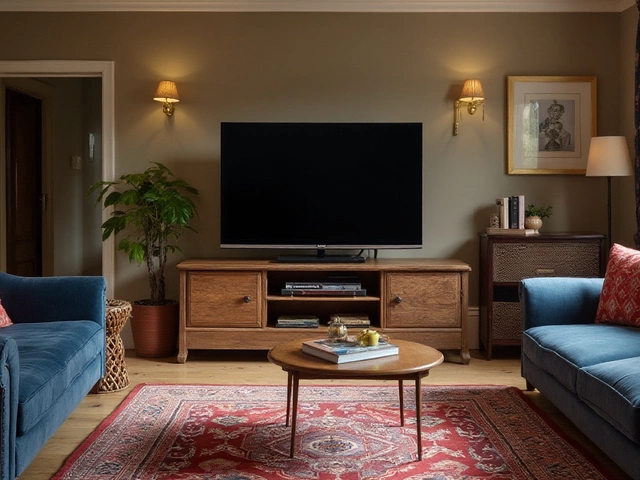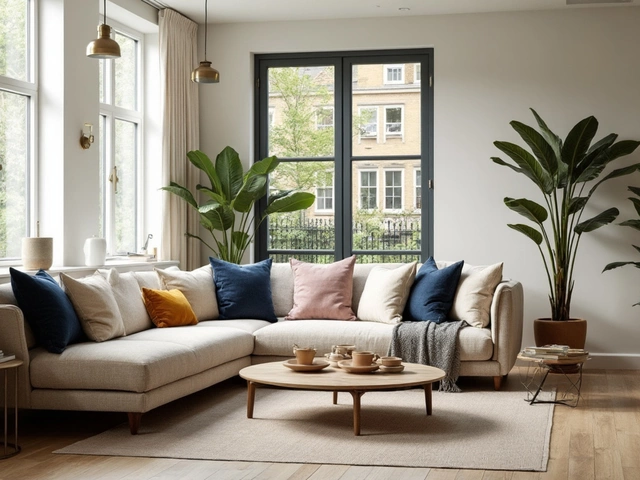Sleeping in Recliners: How to Stay Comfortable and Healthy
Ever found yourself drifting off on the couch after a long day? You’re not alone – many people end up sleeping in recliners because they’re soft, supportive, and low‑key. A good recliner can feel like a mini‑bed, especially when you’ve got a busy schedule and need a quick nap. Below we’ll break down why it works, when it might backfire, and how to pick a recliner that feels just right.
Health Benefits of Sleeping in a Recliner
Recliners keep your spine in a slightly tilted position, which can reduce pressure on the lower back. That gentle angle helps blood flow to the legs and can ease swelling after a long day on your feet. People with mild sleep‑apnea also find the raised headrest makes breathing easier. In short, a well‑designed recliner can give you a bit of spinal support and better circulation while you snooze.
How to Choose the Perfect Recliner for Sleep
First, look for a seat that’s deep enough for your legs to stretch out without feeling cramped. A footrest that lifts fully and locks in place is a must – it keeps your knees at a comfortable angle. Check for lumbar support; a built‑in curve or an add‑on pillow can keep your lower back happy. Upholstery matters too – breathable fabrics like cotton or woven leather let air move, so you don’t wake up sweaty.
If you’re after something truly personal, consider a custom recliner. Crafted Furniture Solutions can adjust the recline angle, footrest height, and even add hand‑stitched details to match your home style. A bespoke piece means you get just the right dimensions for your space and body, which makes nightly rest a lot more pleasant.
Placement is another hidden factor. Put the recliner near a wall or in a corner so you’re not wobbling when you get up. A small night‑lamp or soft LED strip gives you gentle light without harsh glare, perfect for those late‑night bathroom trips.
Accessories can boost comfort fast. A thin pillow behind the lower back adds extra support, while a lightweight blanket keeps you warm without adding bulk. Some folks slide a memory‑foam topper onto the seat for a mattress‑like feel – it’s cheap, easy, and works well.
Take care of your recliner if you plan to sleep in it regularly. Vacuum the fabric weekly to avoid dust buildup, and spot‑clean spills right away. If you live in a damp area, use a dehumidifier nearby; moisture can cause mold on the cushions, especially after long naps.
While a recliner is great for short naps, it’s not a full‑time bed replacement. Sleeping more than a few hours each night on a recliner can lead to stiffness in the hips and shoulders. If you need consistent overnight sleep, think about a recliner with a pull‑out sofa bed or a dedicated sleep chair.
Bottom line: a well‑chosen recliner can be a comfy, health‑friendly spot for power naps or short rests. Look for proper support, breathable upholstery, and a size that fits your body. When you combine those basics with a few accessories, you’ll get a mini‑sanctuary that feels just right. Ready to upgrade your nap game? Check out our custom recliner options and design the perfect sleep‑ready chair for your home.



